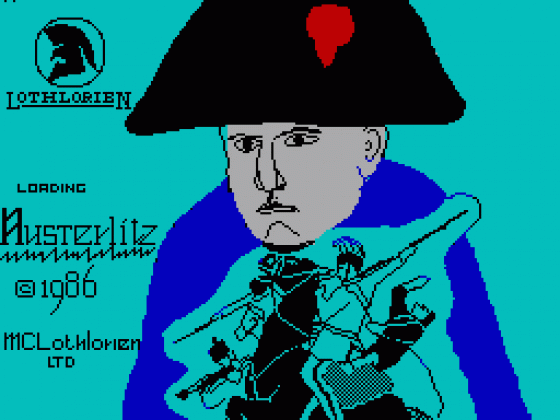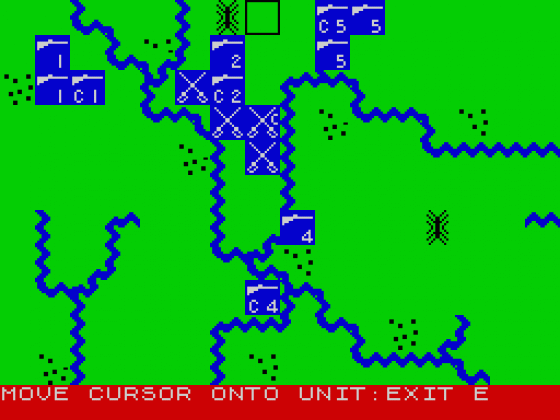Other Reviews Of Austerlitz For The Spectrum 48K/128K
Austerlitz (Lothlorien)
A review by Max Phillips (Your Sinclair)
Confrontation/Austerlitz (Lothlorien)
A review
Austerlitz (Lothlorien)
A review by Jerry Muir (Sinclair User)
Austerlitz (Lothlorien)
A review
Austerlitz (Lothlorien)
A review


 1st January 1986
1st January 1986








